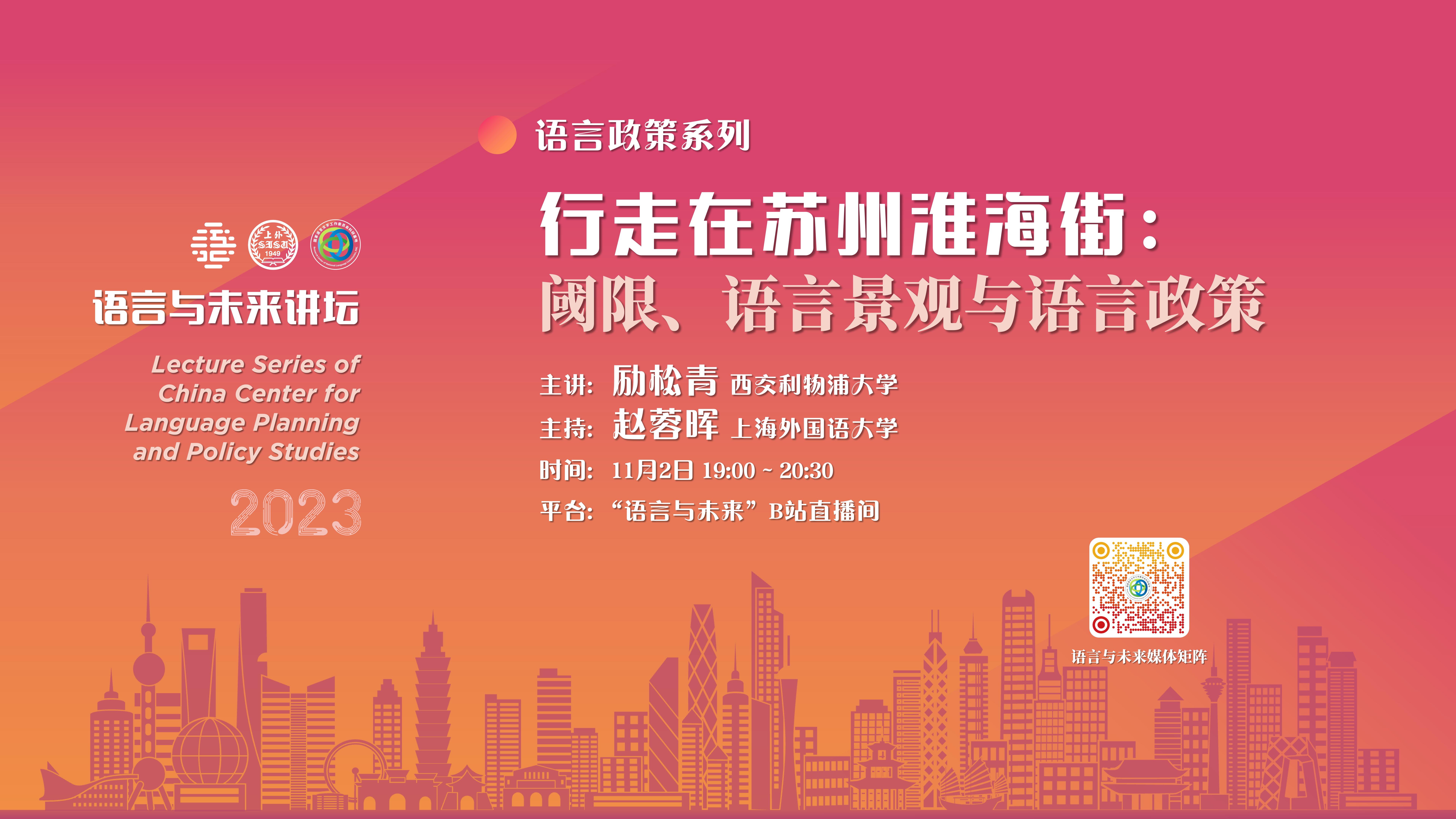
Informed by the anthropological notion of liminality, as well as the recent increasing perception of urban tourism as the enactment of various tourist subjectivities, this article aims to advance the work of studying language policy and linguistic landscapes, by way of examining the languages used in public signage of Huaihai Street in the eastern China city of Suzhou. As a theme street constructed to cater to the ethnic minority group of Japanese people running business in Suzhou, Huaihai Street has recently grown into a liminal space as the product of being continuously shaped and reshaped by various forces, providing both Japanese people and Chinese people a sense of communitas. In this study, together with commercial and service establishments in operation there, visual language use in the visible shop signs of every store on the entire stretch of the street is examined to detect and address three main liminality-related issues: (1) language displays, (2) translanguaging practices, and (3) indeterminable status of languages. Implications of these empirical findings for language policy in the context of a liminal space are also discussed.
获取更多与本讲座相关的详细信息,敬请关注中国外语战略研究中心公众号“语言与未来”(ID: sisuiol)的微信推送。
励松青
励松青、西交利物浦大学应用语言学系副教授、博士生导师,新加坡国立大学博士,国内首个多语研究硕士课程项目创始人及项目主任,加拿大麦吉尔大学博士生合作导师。喜欢从事跨学科的应用语言学研究,研究方向主要集中在多语现象、(批判、媒体)话语分析、英语作为全球语、语言与全球化、语言与身份等。在国际著名出版社Routledge出版社出版专著和编著各一部,在Cambridge Scholars出版社出版合著一部,多篇原创性文章发表在Applied Linguistics, Digital Scholarship in the Humanities, International Journal of Multilingualism, Semiotica, Social Semiotics, World Englishes, English Today等国际期刊。曾多次受邀为Routledge、Palgrave Macmillan等出版社审阅出版计划书,是Discourse & Society, Journal of Multilingual and Multicultural Development, International Journal of Multilingualism, Language in Society, Language and Intercultural Communication, Linguistic Landscape, World Englishes等国际期刊的匿名审稿者。
新闻报道

